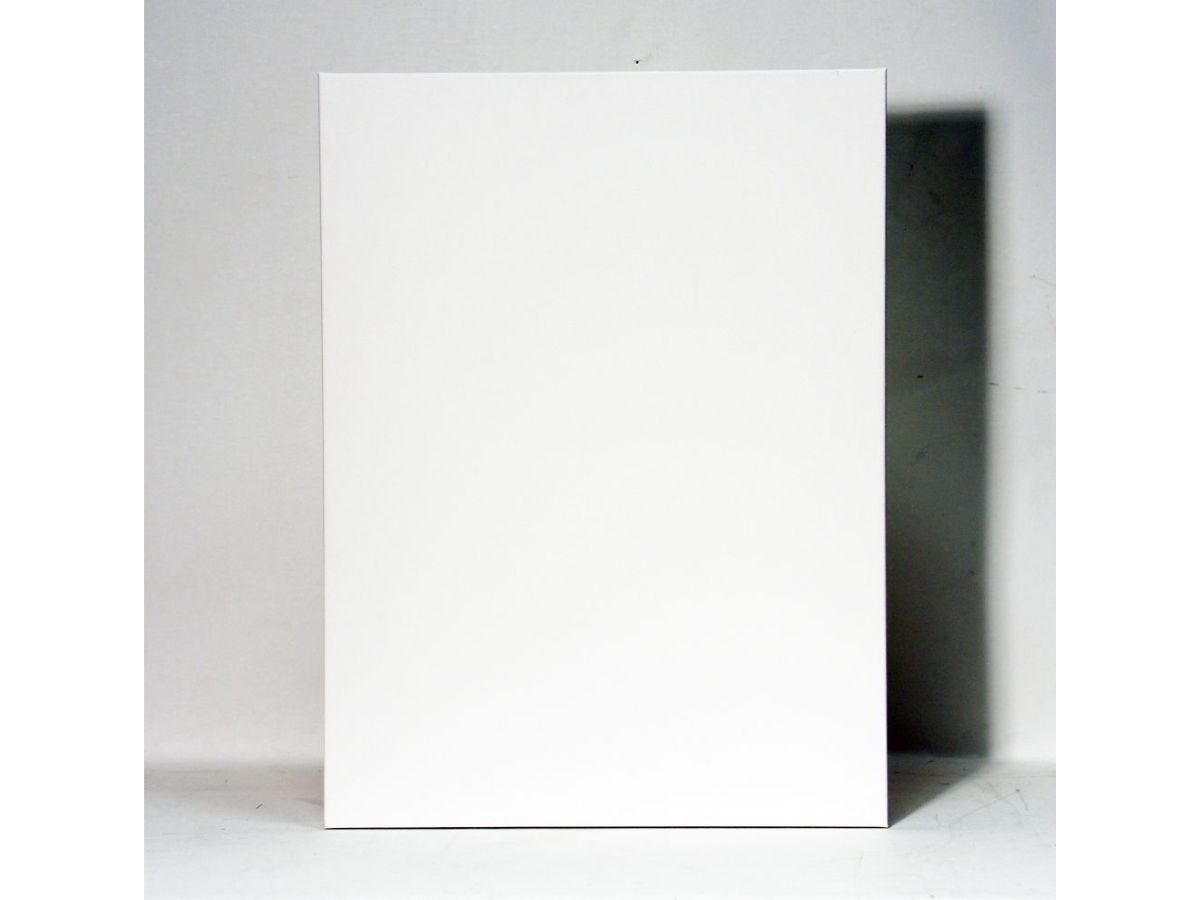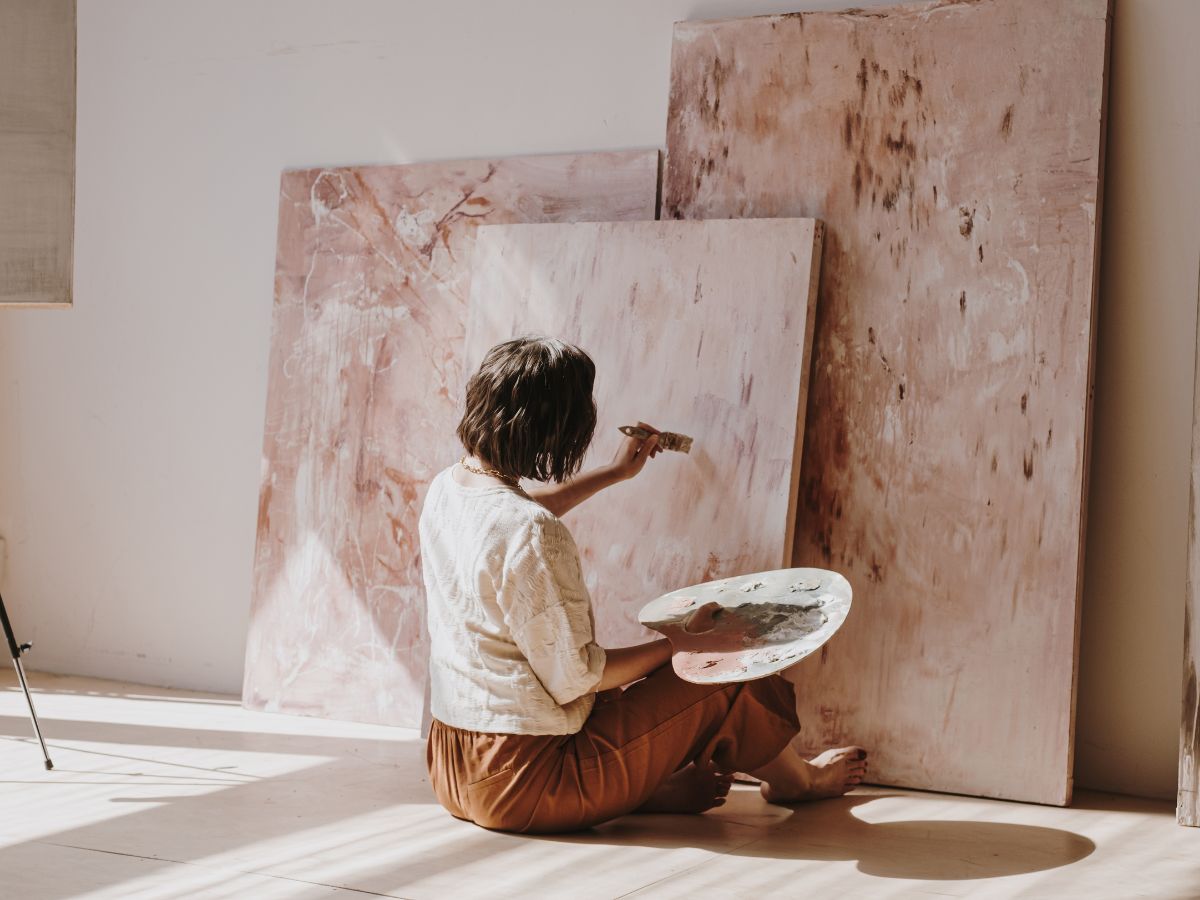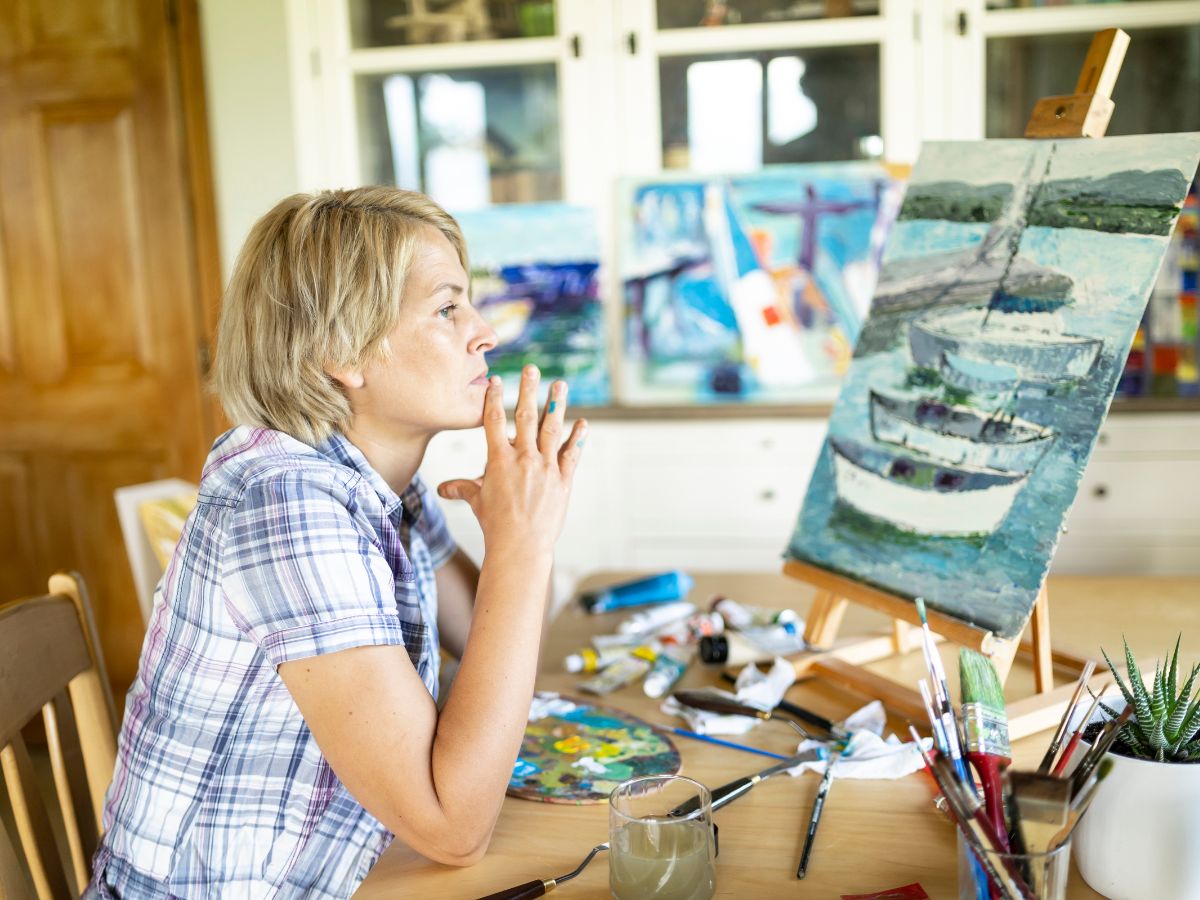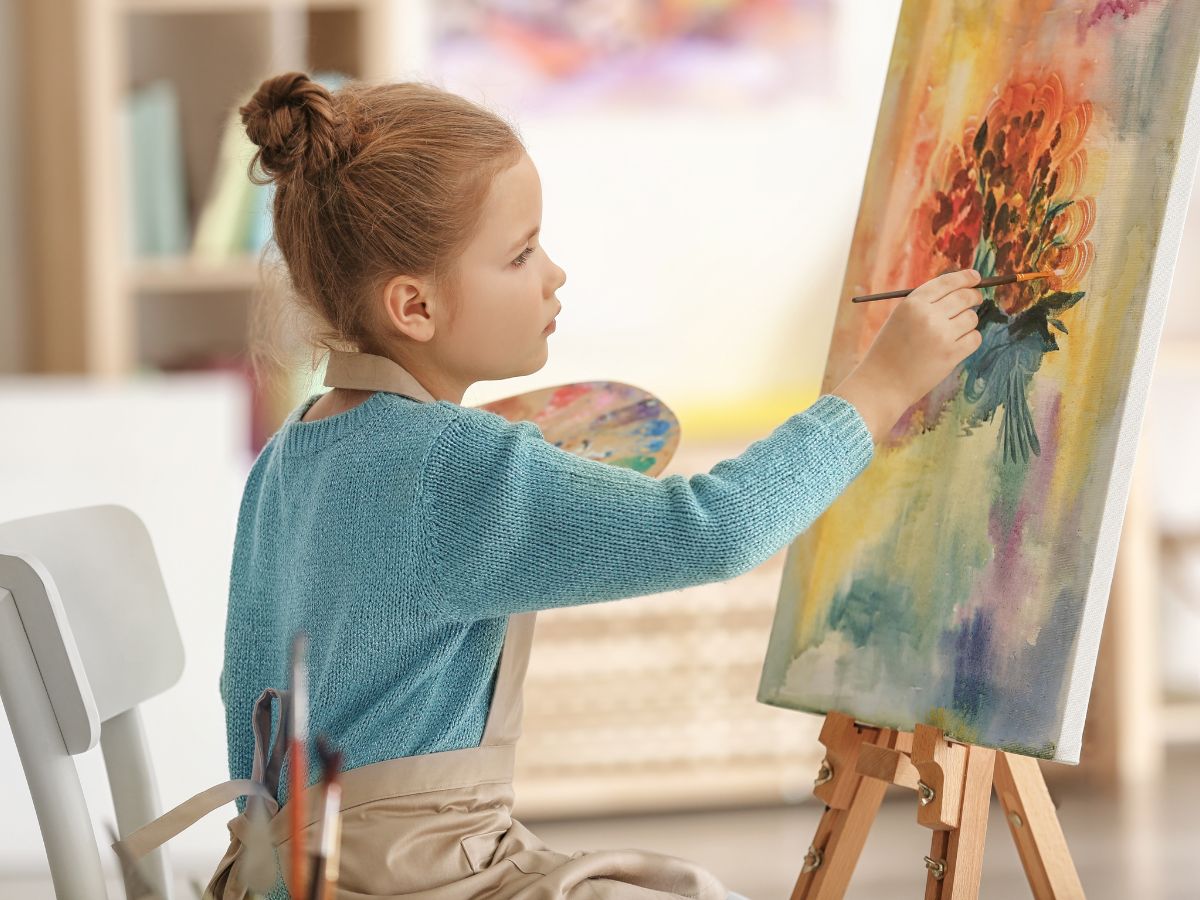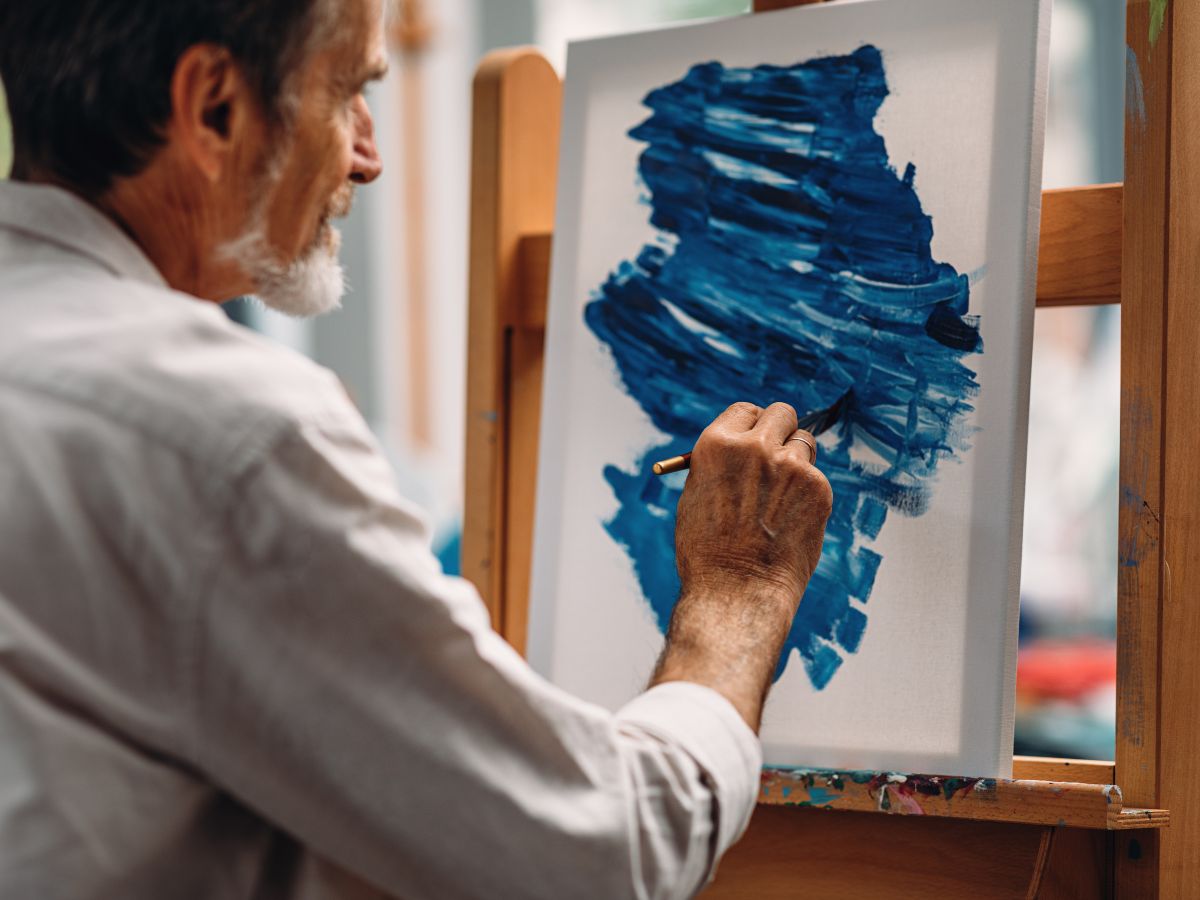
Exploring Mixed Media on Canvas: Materials and Methods
Mixed media art on canvas offers a dynamic way to express creativity by combining different materials and techniques. Whether you’re a seasoned artist or just starting out, understanding how to effectively merge various mediums can elevate your artwork.


